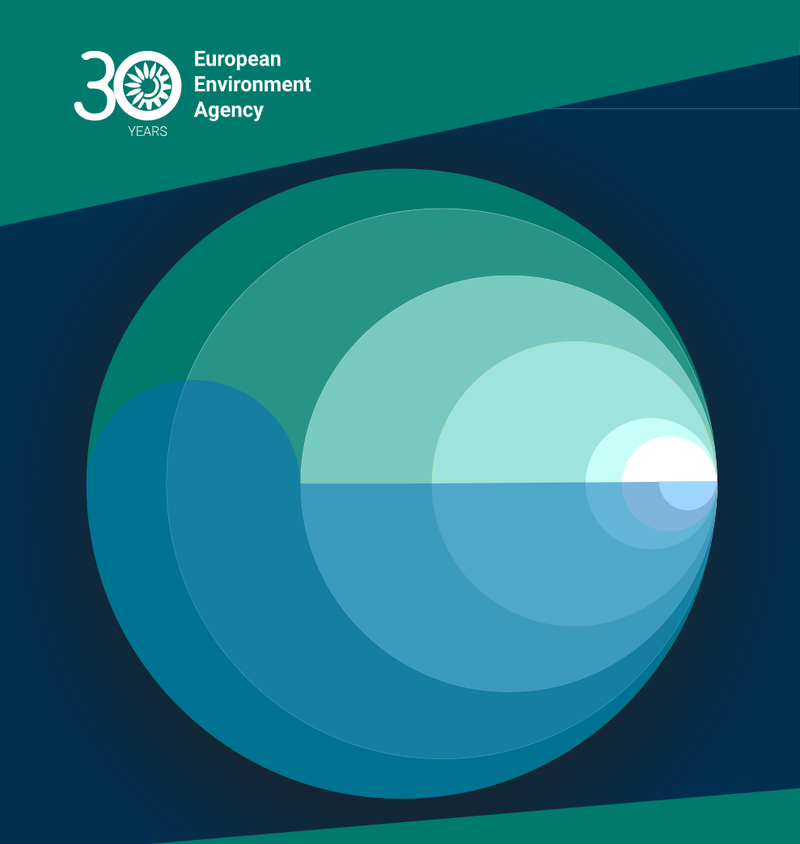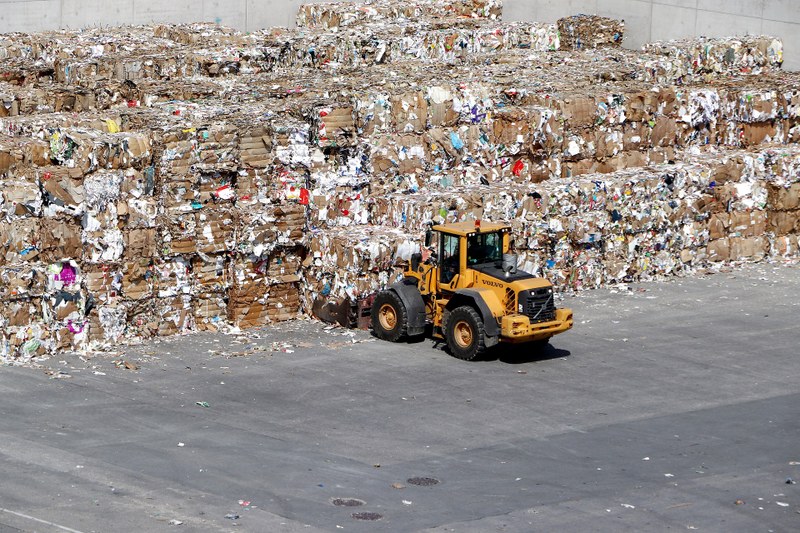All official European Union website addresses are in the europa.eu domain.
See all EU institutions and bodiesOur production and consumption systems rely on raw materials that are, to a large extent, not reused or recycled. This linear model creates endless waste, continuous demand for virgin raw materials and unsustainable consumption patterns. The solution is to move to a circular economy where products and materials can be used longer and made into new products after use.
We need fibres, minerals, energy, water, and other resources to produce almost all the goods and services we consume. In the EU, we are consuming far more than we should and not reusing or recycling nearly as much as is needed for a sustainable future.
Instead of consuming products made for fast and single-use and made from new non-recycled materials and then throwing them away, we should embrace circular economic systems that turn waste into value.
Moving to a circular economy means moving away from linear production and consumption models, where things are used for a short time and thrown away after use, toward a more circular process. Circularity can include practices like refurbishing, repurposing, re-distributing and other strategies that extend the lifetime of products.
Circular models allow products and materials to be used longer and made into new products after use. That means less waste and less environmental impact. To ease the transition, the European Commission’s Circular Economy Action Plan offers an overall framework for initiatives that foster a circular model, including better-designed and more sustainable products.
In recent years, there has been some progress towards circularity. For example, Europe has increased its recycling rates and promoted sharing economy models like car sharing. Overall, to achieve a truly circular economy we must decrease our need for new raw materials in everything that we produce and consume. And without a circular economy, Europe cannot achieve sustainability.
Overall, a circular model allows products and materials to be used longer and converted into new products after use. That means less waste and less environmental impact. There are several initiatives in place to make the EU more resource-efficient, including:
Using recycled materials from waste;
Prolonging existing products’ lifespans through improved design, repair, refurbishment, repurposing, redistribution, and remanufacturing;
Better waste collection to capture and reuse as much as we can.
Our indicators show the following:
- The EU aims to double its use of recycled material, in terms of its share in the total amount of material used by the economy, between 2020 and 2030. In 2022, recycled material accounted for 11.5% of the material used, an increase of less than one percentage point since 2010. Given this relatively stable trend of the past decade, doubling the circular material use rate by 2030 will be very challenging.
- Since 2010, the material footprint has remained relatively stable and was 6.1 billion tonnes in 2020. This level of consumption is not sustainable and is higher than the global average.
- A key goal of the EU waste policy is to reduce the amount of waste sent to landfill. Overall, the landfills rate has decreased (from 23% to 16% between 2010 and 2020) in the EU-27, even though the total amount of waste generated has continued to increase. Furthermore, the quantities of waste landfilled in 2020 were 27% less in the same period, equivalent to 106kg of waste per year by each EU citizen.
The European Commission and Eurostat have established a framework to monitor progress towards a circular economy using available statistical data. This framework focuses on aspects of the circular economy related to resource use and waste management. Aspects related to maintaining the value of products and materials for longer — such as design for circularity, repair, and reuse — are not yet included.
Putting this framework into action will require a massive overhaul of our production and consumption models. It will also require a shift in our understanding of how resources are used and disposed of as well as new consumer behaviours, like car sharing instead of purchasing vehicles.
The EU has also set several circular economy objectives as part of a circular economy action plan. Specifically, the EU’s Circular Economy Action Plan aims to double the circular material use rate, which is the portion of materials used in relation to overall material use. The plan also aims to cut the EU’s residual waste in half.
Now is the time to accelerate the shift to a more circular Europe
With a circularity rate of 11.5% in 2022, Europe consumes a higher proportion of recycled materials than other world regions. However, progress in the EU has been slow and we are still far from the ambition to double the Union’s circularity rate by 2030.
Assessing progress towards current circular ambitions, the EEA report states that there is a low or moderate likelihood for them to be achieved in the coming years.
The report explains, however, that many circular economy policies are still relatively new and some have not yet been fully put in place at national level.


Circular plastics?
Our assessment identifies three ways to make the production and consumption of plastics more sustainable:
Using plastics in a smarter way includes reducing unnecessary packaging and single-use products, as well as a more circular design that makes products last longer and easier to reuse and repair.
Increasing circularity requires longer use and reuse of products and better collection, sorting and recycling of plastics. Good practice examples include stores that offer to take back their own products at the end of the product life-cycle. The role of consumers is also critical in choosing what to buy and ensuring proper recycling.
Increasing the use of renewable materials involves, for example, using more recyclable, biobased plastics, instead of relying solely on fossil fuels and their imports.
Do Europe's markets for recycled raw materials work?
The EEA report ’Investigating Europe′s secondary raw material markets’ presents a set of criteria to analyse the functioning of markets for secondary, recycled raw materials. Improving markets for recycled raw materials is key to delivering a circular economy in the EU, reducing the need to extract natural resources and avoiding the associated environmental impacts.
Europe’s ambitions for a circular economy require the timely provision of good-quality recycled raw materials to manufacturers. However, according to our report, from the eight most common recyclables, only aluminium, paper and glass have well-functioning secondary markets. Lack of standardisation and competition with new materials are among the challenges for other markets, such as wood and textiles.

Is Europe making progress towards a circular economy?
Can circular economy help reduce greenhouse gas emissions?
The circular economy is an important approach to reduce greenhouse gas emissions through more efficient material flows. However, the inclusion of circular economy actions are underrepresented in national climate policies and measures due to their cross-sectoral nature and the challenge of quantifying impacts.
Some form of circular economy policies and measures are included in 6% of the climate policies reported by European countries (with a strong focus on waste). Impacts on emissions are rarely quantified.

